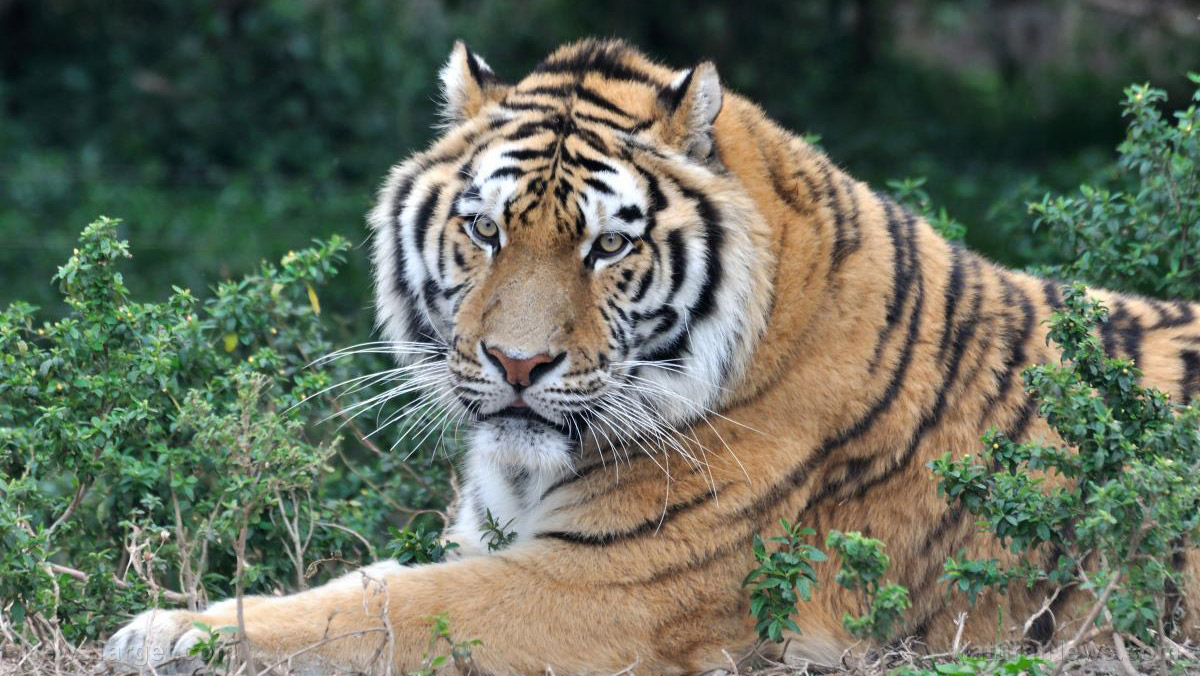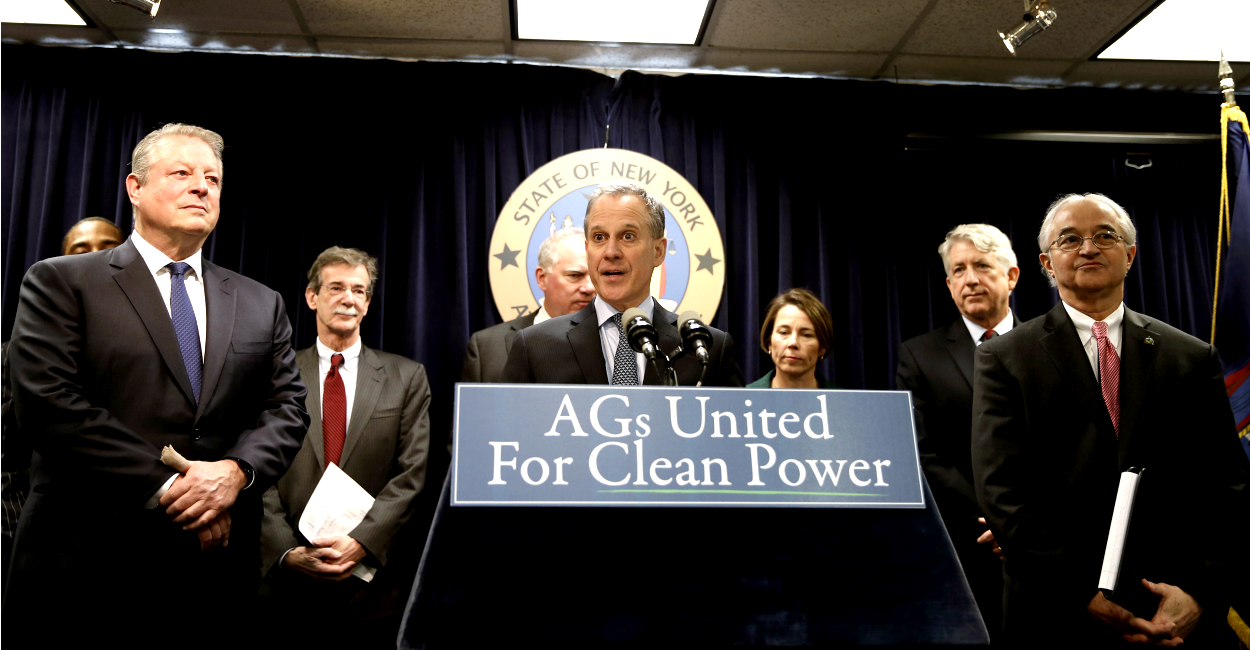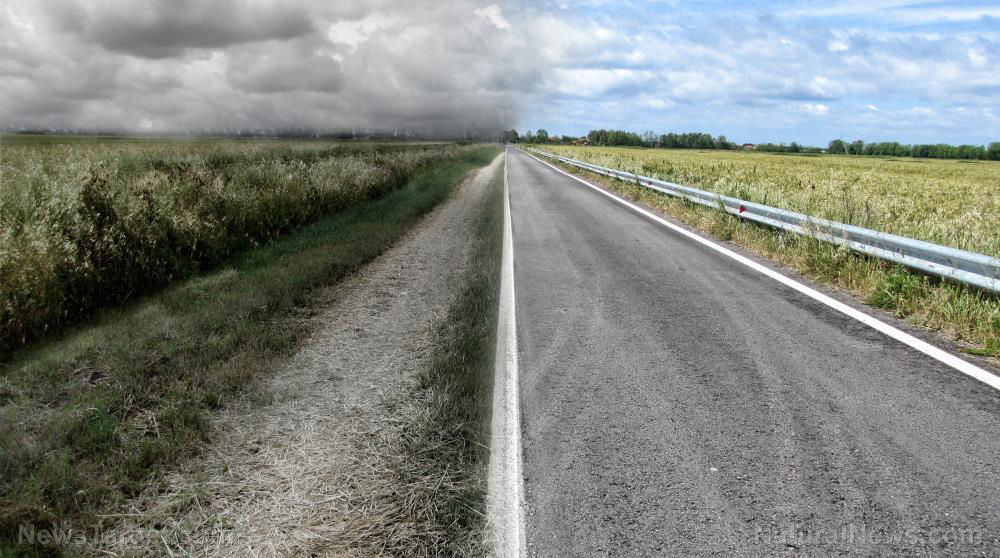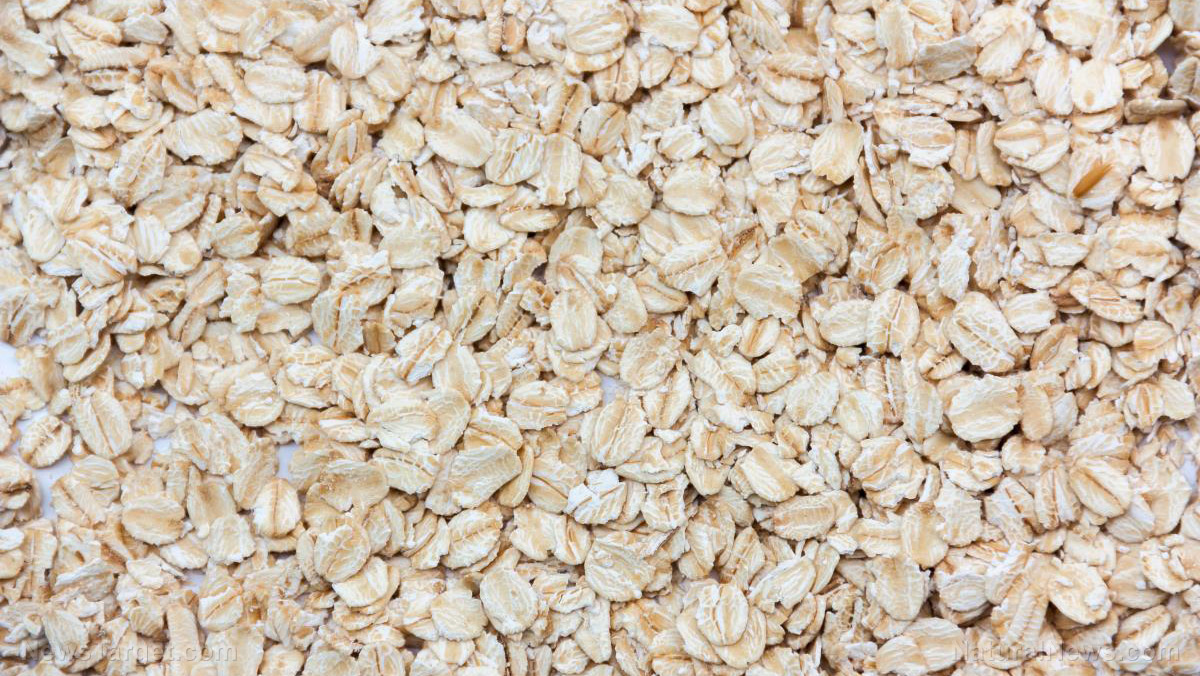Asteroid that wiped out dinosaurs may have created the Amazon rainforest, study suggests
04/16/2021 / By Virgilio Marin

A new study suggests that the asteroid that wiped out dinosaurs likely gave rise to the Amazon rainforest in South America. Published April 1 in the journal Science, the study also posits that the same asteroid created all of the Americas’ tropical rainforests.
Around 66 million years ago, a seven-mile-wide meteor struck what is now the Yucatan Peninsula in Mexico. Named the Chicxulub impactor, the meteor produced clouds of dust and ash and catapulted fragments of rock into the sky, triggering widespread wildfires.
Over time, the devastating impact drove the extinction of around 75 percent of all plant and animal species on the planet, including all terrestrial dinosaurs. The disaster also drastically changed the environment across the globe.
But its effect on tropical forests is less clear compared to temperate ecosystems.
To that end, Monica Carvalho, a fellow at the Smithsonian Tropical Research Institute (STRI) in Panama and the first author of the study, and her colleagues examined nearly 60,000 fossil records from Columbia to understand how the plant life in Central and South America evolved after the asteroid impact.
How the Chicxulub impactor changed tropical rainforests
Carvalho and her team found that the type of vegetation comprising the continent’s forests drastically changed. Before the crash, widely spaced conifers and ferns dominated the region and allowed high levels of sunlight to reach the ground. But after the asteroid struck, many species especially seed-bearing plants went extinct. In all, plant diversity declined by about 45 percent and recovered only 10 million years after the collision.
During those years, flowering plants called angiosperms slowly flourished. These plants took the place of the once-dominant species that had gone extinct, leading to the “reign of flowers.”
The collision also transformed the spatial structure of forests from widely spaced to densely packed. Leaf data from over 6,000 fossils showed that the thick, dense tropical canopy associated with today’s rainforests did not develop until after the catastrophe. The data suggested that the spatial change led to the emergence of taller trees and increased plant diversity.
“The sparser canopies of the pre-impact forests, with fewer flowering plants, would have moved less soil water into the atmosphere than did those that grew up in the millions of years afterward,” a statement from STRI explained.
The trees that revived tropical forests
The first plants to appear after the asteroid impact were legume trees, which are prominent features in today’s tropical rainforests. Legume trees played a major role in reviving plant diversity in the tropics. With the help of symbiotic bacteria in their roots, these trees fixed nitrogen into the soil and allowed flowering species to flourish in the process. As flowering plants competed for sunlight, they formed dense canopies of leaves and created the layered rainforests that these ecosystems are known for today.
Carvalho and her colleagues offered three theories for why tropical forests responded to the collision this way. First, dinosaurs might have kept the forest open and sparse by feeding on and trampling plants. Second, falling ash from the asteroid impact enriched soils and likely conferred an advantage on faster-growing flowering plants. Finally, the preferential extinction of conifers probably created the opportunity for flowering plants to take over.
While the researchers are uncertain which theory, or combination of theories, explains the emergence of Earth’s rainforests, the study imparts an important insight: “The lesson learned here is that under rapid disturbances … tropical ecosystems do not just bounce back; they are replaced and the process takes a really long time,” Carvalho said.
Overall, the Chicxulub impactor created tropical rainforests by initiating dramatic shifts in forest spacing and makeup. Without these impact-induced shifts, today’s tropical forests and climate would have looked different. (Related: Asteroid impact triggered the “impact winter” that likely killed dinosaurs 66 million years ago – study.)
For more about how events like asteroid impacts shape the environment, visit Research.news.
Sources include:
Tagged Under: Amazon rainforest, ancient history, asteroid impact, asteroids, biodiversity, Chicxulub impactor, Dinosaurs, Ecology, environment, extinction, Plants, research, trees, tropical rainforests, wildlife
RECENT NEWS & ARTICLES
COPYRIGHT © 2017 ECOLOGY NEWS





















